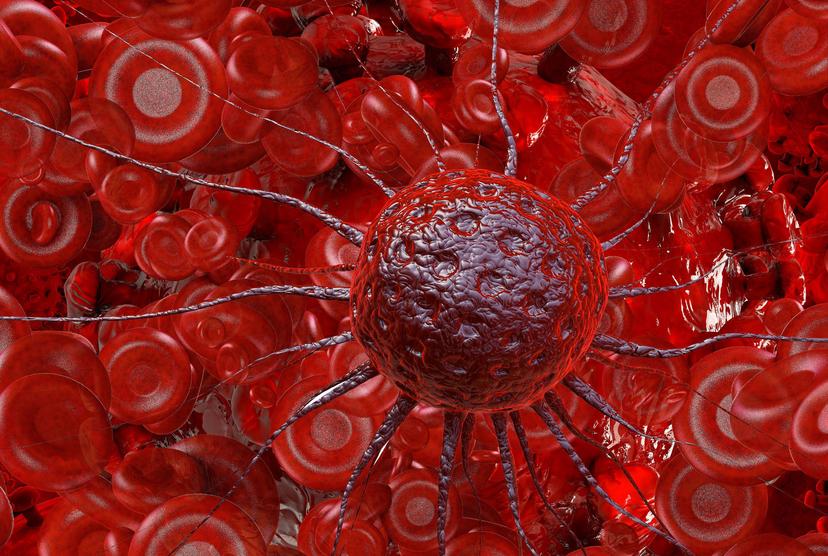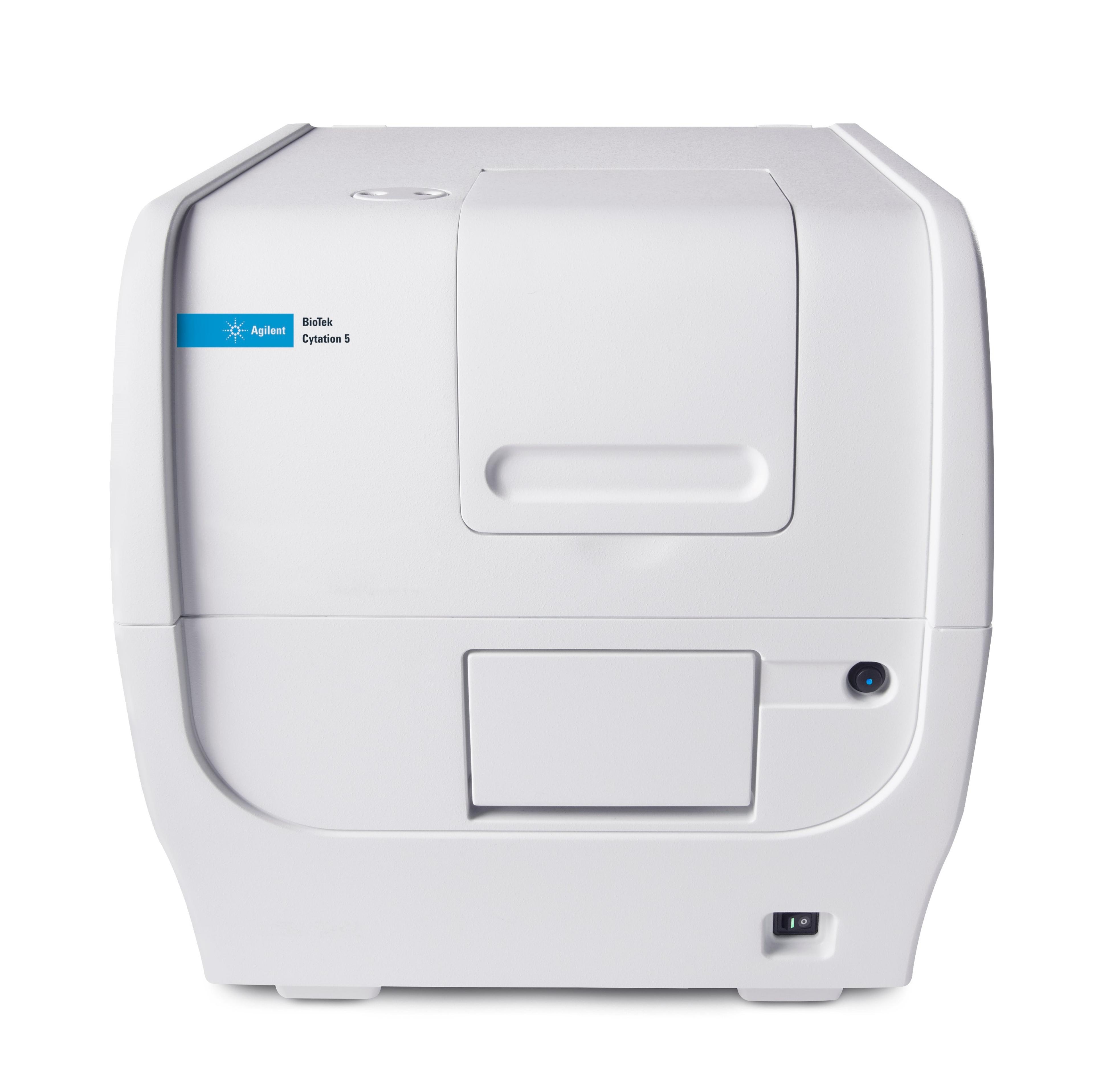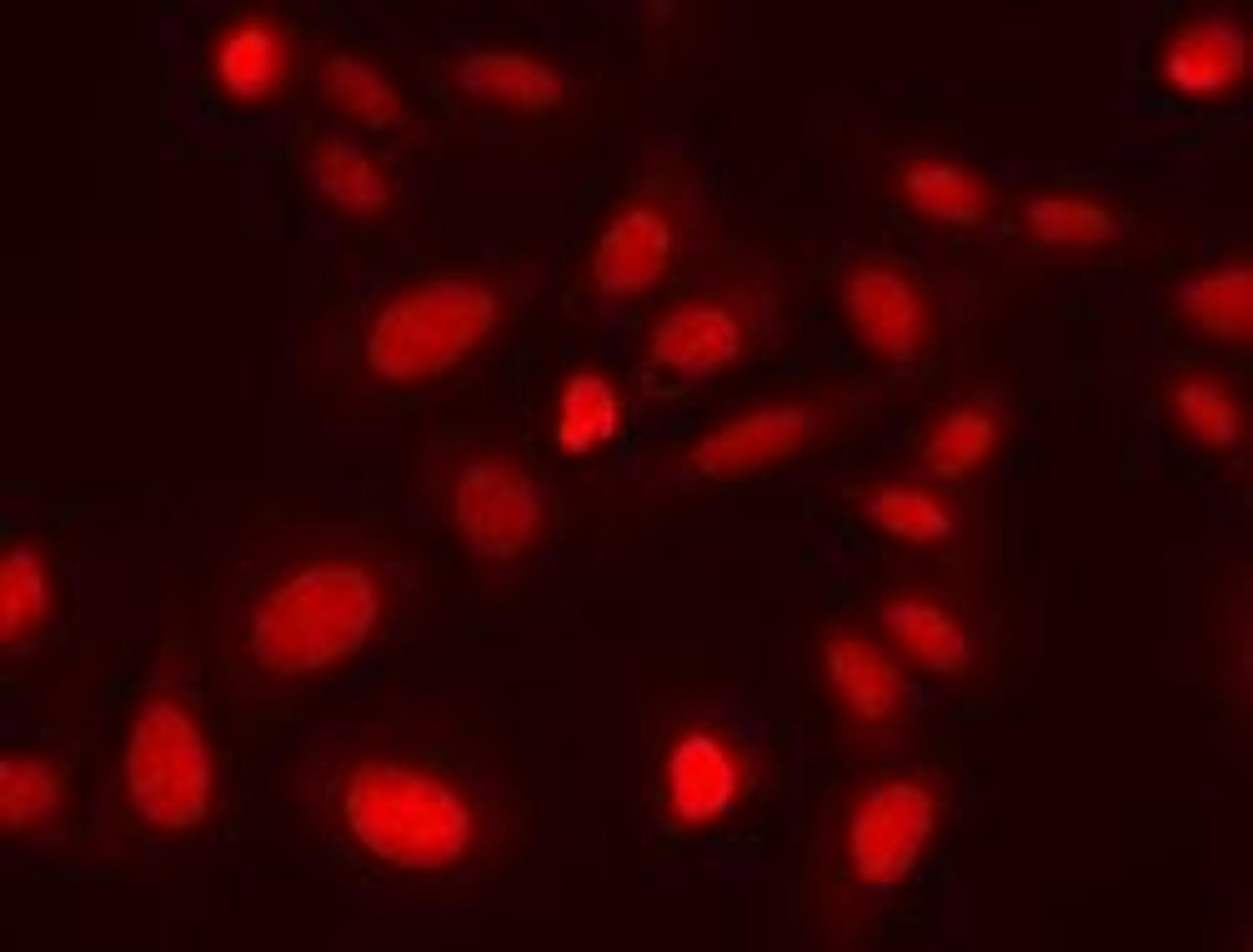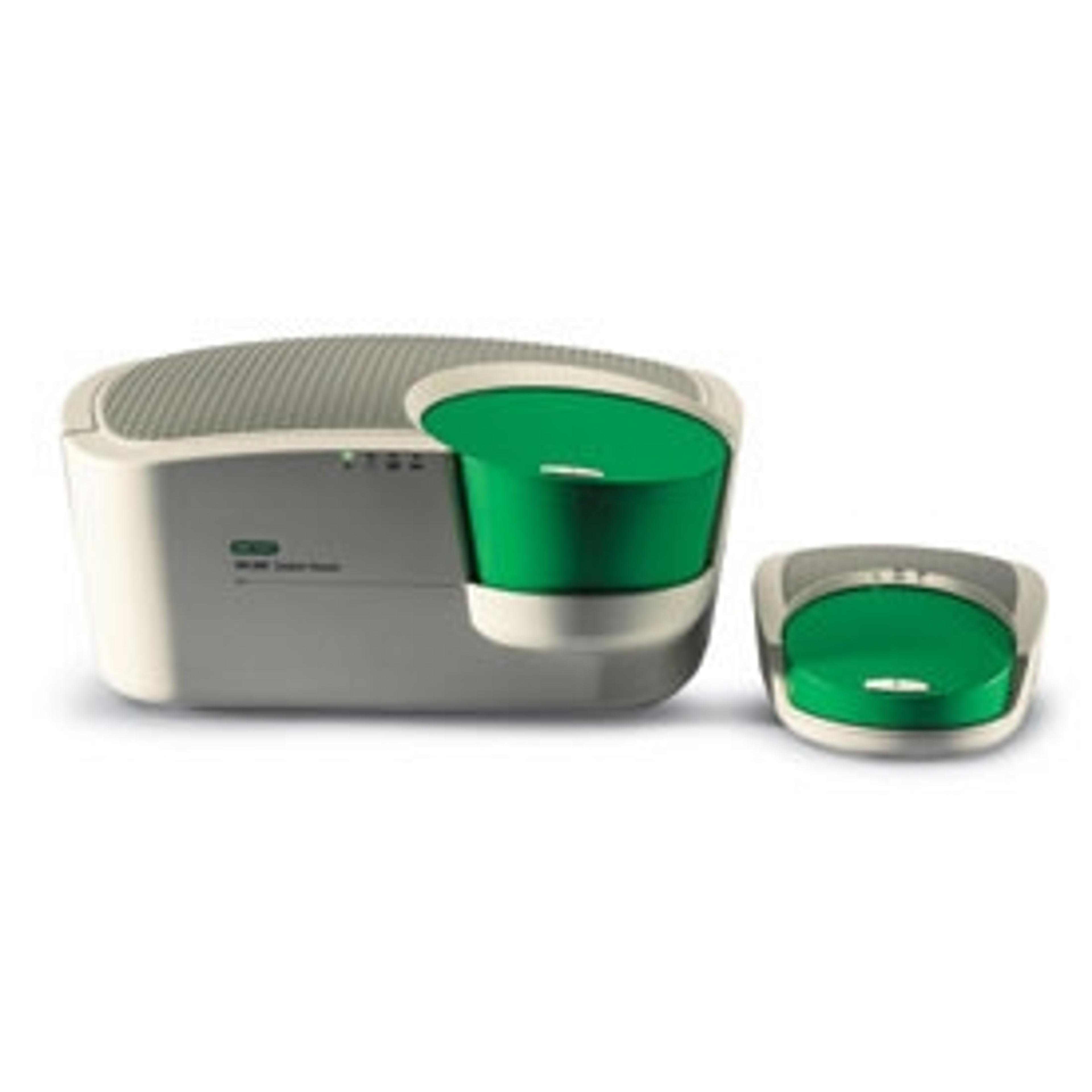7 Popular Cancer Research Applications
Discover seven applications to improve your cancer research methods
27 Apr 2015
Discover these seven applications to improve your cancer research methods
This poster demonstrates monitoring of the effect of histone methylase and demethylase inhibitors that selectively induce apoptosis in cancer cell lines. Induction of apoptosis was monitored using fluorescent probes, while the photoproteins allowed differentiation of the final cytotoxic effect on the two cell types in the co-culture. All assessments were made via digital microscopy using the Cytation™ 5 cell imaging multi-mode reader.
2. Total RNA Extraction from Cartilage Tumors – Bertin Technologies
Precellys Dual is specialized in extraction of nucleic acids from tumoral tissues intended to be analyzed by microarray and sequencing. This application note describes a method for the extraction of RNA from cartilage tumors using the Precellys Dual.
3. DRAQ7™, a Unique Far-Red Viability Dye Used as a Measurement of Cell Viability in Patient-Derived Glioblastoma Stem Cells – Biostatus
Reliably assay cell health in 2D or 3D at end-point or in real-time using BioStatus’s far-red cell viability probe, DRAQ7™. This application note demonstrates the use of DRAQ7 for the analysis of patient-derived glioblastoma stem cells cultures for personalised medicine.
4. Evaluation of the Spark™ 10M’s Cell Counting Module Performance – Tecan
It is important to choose a cell counting method which combines accuracy and efficiency. This application note compares cell counting on the Spark 10M multimode microplate reader with other approaches including manual cell counting and other imaging-based devices. Results demonstrate that the Spark 10M reader offers efficient and accurate cell counting for a broad range of cell concentrations.
KRAS is mutated in approximately 40% of colorectal cancers. To optimize therapy strategies for personalized care, it is critical to rapidly screen patient samples for the presence of multiple KRAS mutations. This application note demonstrates a multiplexing strategy which has been developed to screen seven actionable KRAS mutations in colorectal cancer samples using digital PCR. This sensitive and inexpensive method reduces the risk of contamination and can be easily implemented for rapid, routine screening of cancer samples.
In this study, a comprehensive MS-based discovery strategy is applied for a polygenic disease. The method employs the separation and detection of non-labelled tryptic fragments by means of an LC/MS acquisition. Instrumentation used included the Waters Expression High Definition Proteomics System, made up of the nanoACQUITY UPLC System and the Q-Tof Premier Mass Spectrometer.
7. Pathway-Targeted Metabolomic Analysis in Oral/Head and Neck Cancer Cells Using Ion Chromatography-Mass Spectrometry – Thermo Fisher Scientific
In this work, a high flow rate ion chromatography coupling with high-resolution, accurate-mass MS was utilized for targeted analysis of the TCA cycle intermediates to shorten the run time and increase throughput and robustness to accommodate the hundreds of samples typically analyzed in a targeted metabolomics project.




